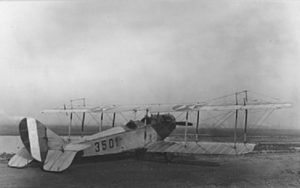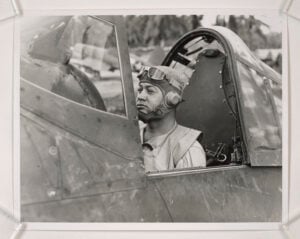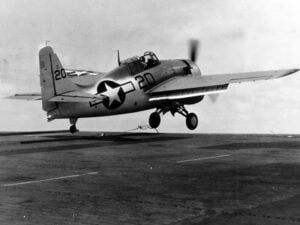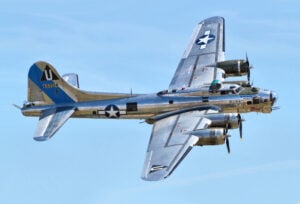The Last Knight Who Wore His Armor, Rode His Horse And Stood Against an Invasion with a Sword During WWII

J&P Talk Time / YouTube
A Knight in the 20th Century
Josef Mencik was an unusual figure in the modern era. A Czech nobleman from the small town of Strakonice, he lived as though he had stepped out of the Middle Ages. Unlike others in the 20th century, he wore armor, rode a horse, and carried a sword. While most people had abandoned medieval traditions, Mencik held on to them, seeing himself as a protector of his land and honor.
His estate, a small castle in Czechoslovakia, was a reminder of times when knights defended their land on horseback. Mencik was deeply proud of this legacy and believed in the chivalric values of courage and loyalty. His commitment to these ideals was tested in 1938 when the German army advanced toward his home.

A Lone Stand Against the Invasion
As German forces moved into Czechoslovakia following the Munich Agreement, Mencik made an extraordinary decision. Instead of fleeing or surrendering, he donned his armor, mounted his horse, and took up his sword. When the German soldiers arrived at his estate, they were met by an armed knight, standing alone against modern weaponry. It was a sight unlike anything they had expected.
The soldiers, taken aback by this medieval display, reportedly hesitated. Mencik declared that they would not take his home without a fight. Though he was just one man against an entire army, his act of defiance stunned those who witnessed it. Instead of engaging him in combat, the soldiers are said to have laughed at the bizarre scene and simply moved on, leaving his estate untouched.

A Symbol of Defiance
Though Mencik did not stop the invasion, his stand became a story of resistance. In an era dominated by tanks and aircraft, he represented an old-world sense of duty and honor. His willingness to face overwhelming odds with nothing but his sword and armor made him a legend in his region. After the war, Mencik continued to live in his castle, holding onto his medieval traditions. His story remains one of the most unique examples of resistance during WWII.




















